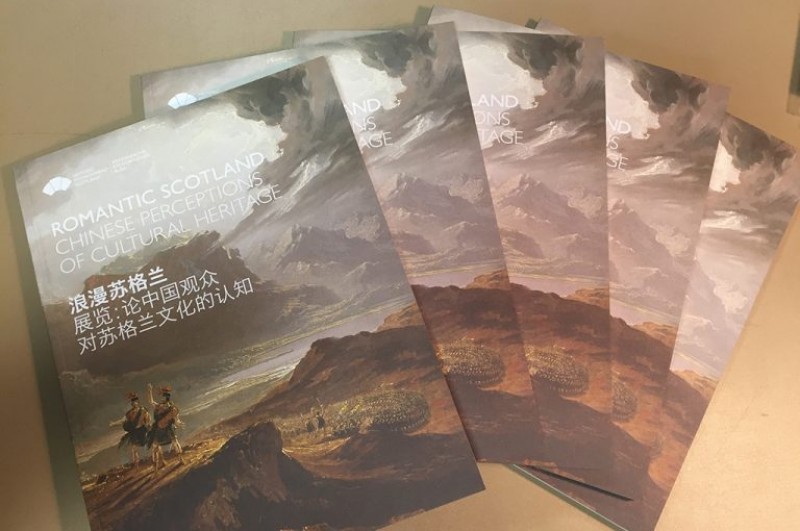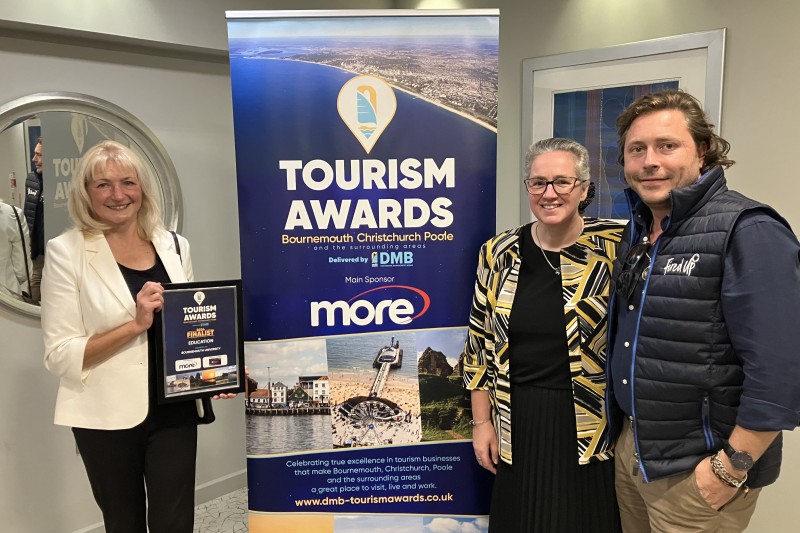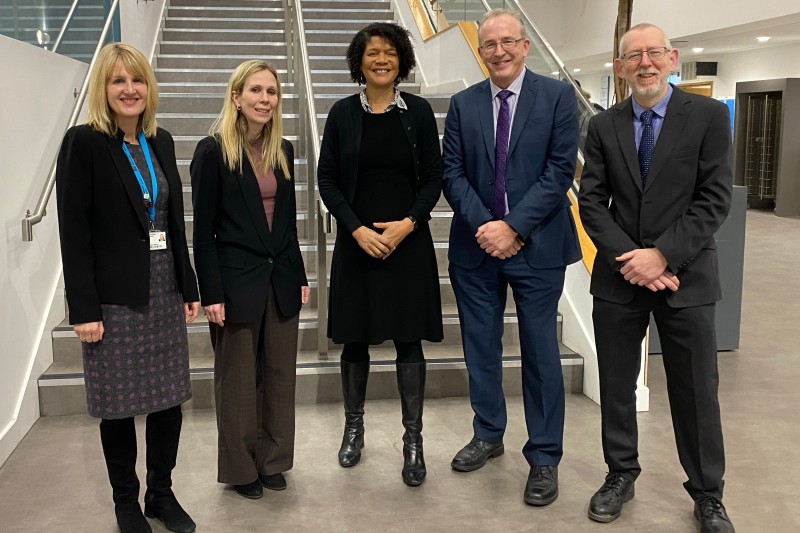In 2017, Nanjing Museum in China hosted an exhibition curated by Historic Environment Scotland, Nomad Exhibitions and the Scottish National Gallery.
Romantic Scotland encouraged visitors to the museum to learn more about the culture and heritage of Scotland. It also offered the opportunity for a multidisciplinary, international academic team – including BU’s Professor Michael Silk – to conduct a wide range of research to help explain what motivates Chinese visitors to engage with western culture and heritage.
By engaging with and observing visitors’ interests and contributions to interactive exhibits, the ensuing outputs gathered a vast amount of data, resulting in reports, workshops and insights to facilitate international knowledge exchange and influence policy and practice in the sector.
Detailed research
Funded by the Arts and Humanities Research Council (AHRC) and led by Historic Environment Scotland (which is classed as an Independent Research Organisation), the research component of the project saw BU collaborate with the University of Bath, the University of Edinburgh and Xi’an Jiaotong-Liverpool (in Suzhou, China).
A wide variety of methods were used to capture and analyse the attitudes of Chinese visitors to the exhibition. Some were traditional, ranging from focus group interviews with visitors and staff, to a survey that visitors completed either online or onsite. Innovative methodologies captured data through Post-it notes on a graffiti wall, postcard messages, and a video booth.
Other methods were more technically focused – for example, a mobile tracking app developed by colleagues from Xi’an Jiaotong-Liverpool, which monitored visitor behaviour to help determine the most popular content, dwell time, and engagement with the exhibition.
Elsewhere, the team captured video diaries of visitors expressing their thoughts about Scotland and desires to visit the country. Chinese visitors were keen to share their experiences, with the data capturing a significant number of reflections on personal perceptions of the exhibits and Scottish cultural heritage itself.
‘Talking Faces: Romantic Scotland in Nanjing’, recorded at the museum
Key research findings
The team’s work discovered that historic landmarks and buildings resonated most strongly and proved most popular with the Chinese audience. Visitors also identified with tangible items such as historic relics, with those proving to be the objects that people wanted to see more of in future exhibitions.
As well as connections with these physical and tangible cultural artefacts, however, the research showed that the exhibition conveyed the sense of place very effectively. There was evidence of a desire by visitors to experience Scotland’s landscape and scenery for themselves, and that they were inspired to experience authentic customs attached to Scottish culture as well.
Visitors were also attracted towards experiential tourism – wanting to experience aspects of the Scottish culture that were extremely different from anything they would experience at home in China.
Oil paintings were extremely popular among the Chinese audience, the innate qualities of the medium capturing and communicating themes of romanticism, tradition, a sense of place and the human qualities of Scotland’s culture and communities.
Presenting the research
The resulting stakeholder report from the research, Romantic Scotland: Chinese Perceptions of Cultural Heritage, was launched in October 2018 at Edinburgh Castle and the Tate Modern (London), with attendees from the creative, museum, tourism, and heritage sectors from both the UK and China. You can read more about this event on the Historic Environment Scotland blog.
The project also resulted in spin-off international workshop organised by the Suzhou Municipal Administration of Tourism to share best practice in heritage conservation and the promotion of international tourism, following interviews with UK stakeholders and Nanjing Museum staff.
In a broader context, the research has been presented to UK minister Jo Johnson and Professor Wan Gang, the Chinese Minister of Science & Technology, at the UK-China Creative Economy Roundtable in Shanghai in September 2016.
It also featured in the AHRC’s report A Decade of Success: Supporting Research in the UK’s Major Culture and Heritage Organisations (pdf 5.2mb) and was presented to the Edinburgh Tourism Action Group, Martin McDermott (First Secretary of Scottish Affairs) and to Graham Kelly (Market Manager for China and East Asia, VisitScotland) in June 2017.
Most recently, it was showcased at the UK-China High-Level People to People Dialogue, where the project and some of the methodology were presented to the Chinese Vice Premier Madam Liu Yandong.
The work itself has continued through the aforementioned international workshop, and a professional development workshop in Scotland for Nanjing Museum, involving several of the national collections in Edinburgh.
What next?
It is hoped that the framework developed by this research will enable other cultural exhibitions staged around the world to structure themselves in a way that will really resonate with visitors – and to capture and explore tourism opportunities that may arise as a result. The project team are continuing to work with stakeholders in the museum, tourism and heritage sectors, exploring innovative methodologies for capturing visitor behaviour and shaping the tourist product for specific markets.
 Romantic Scotland Chinese perceptions of cultural heritage
Romantic Scotland Chinese perceptions of cultural heritage

